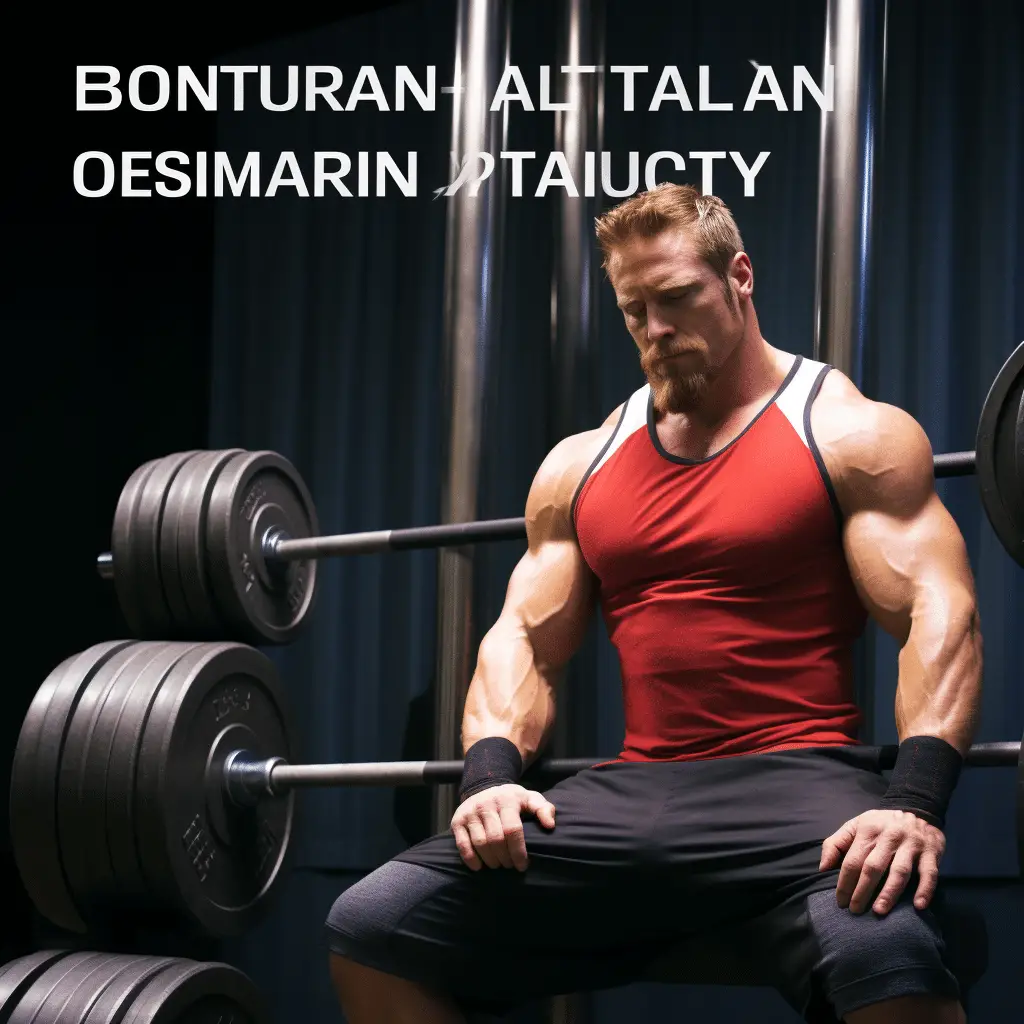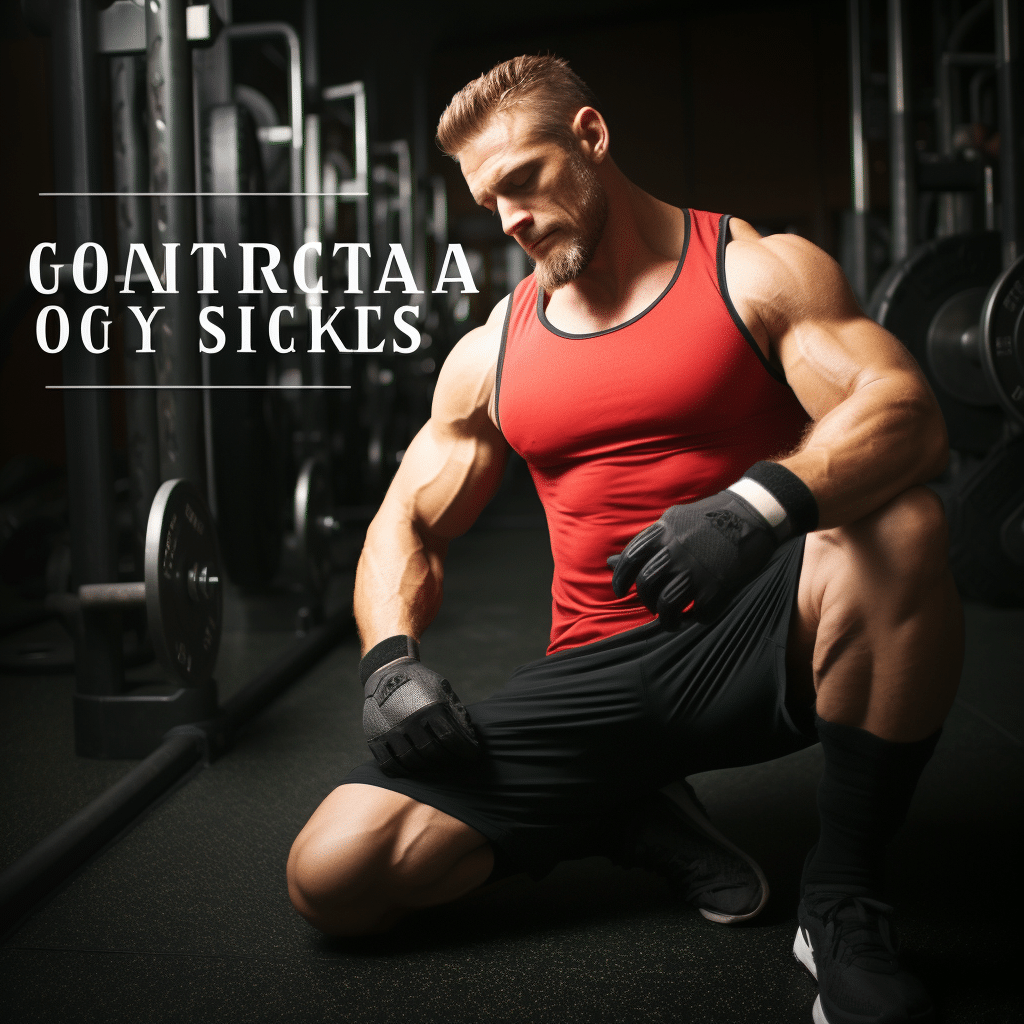Recovery and adaptation are vital for bodybuilders to achieve peak performance. Implementing evidence-based strategies can optimize recovery, enhance muscle repair and growth, and relieve muscle soreness. In this article, I will explore various recovery methods and techniques that can help bodybuilders recover faster and achieve long-term success in their training.
One of the key factors that can hinder performance is fatigue caused by increased training volume, low glycogen stores, and intense training. To counteract this, athletes can incorporate passive recovery methods such as quality sleep, napping, stress management, and compassionate touch. These techniques promote relaxation and rejuvenation, allowing the body to recover more efficiently.
Active recovery is another effective approach, involving lighter training days, active rest days, and tapering. These strategies allow the body to rest and repair while still maintaining activity levels. By finding the right balance between active and passive recovery, bodybuilders can optimize the adaptation process and ensure their muscles are adequately prepared for future workouts.

Key Takeaways:
- Implement evidence-based recovery strategies to optimize muscle repair and growth.
- Passive recovery methods like quality sleep and stress management promote relaxation and rejuvenation.
- Active recovery involves incorporating lighter training days and active rest days.
- Find the right balance between active and passive recovery for optimal adaptation.
- Utilize a combination of recovery techniques to minimize muscle soreness and enhance long-term success in bodybuilding.
The Effects of Age on Recovery and Muscle Soreness in Bodybuilders
As athletes age, the recovery process becomes slower, and they experience more post-session muscle soreness compared to younger athletes. This decline in recovery is attributed to the natural aging process, which leads to a decrease in cardiovascular fitness and muscular strength. Older athletes lose muscle mass, and their fast-twitch muscle fibers deteriorate more rapidly.
However, research suggests that specific fuelling strategies, such as adequate protein intake, can help masters athletes recover faster and reduce muscle soreness. Additionally, cherry juice, rich in antioxidants, has been found to have anti-inflammatory effects and can aid in muscle recovery. By implementing these nutritional aids, older bodybuilders can mitigate the effects of age-related decline and enhance their recovery process.


The Effects of Age on Recovery and Muscle Soreness in Bodybuilders
As athletes age, the recovery process becomes slower, and they experience more post-session muscle soreness compared to younger athletes. This decline in recovery is attributed to the natural aging process, which leads to a decrease in cardiovascular fitness and muscular strength. Older athletes lose muscle mass, and their fast-twitch muscle fibers deteriorate more rapidly.
However, research suggests that specific fuelling strategies, such as adequate protein intake, can help masters athletes recover faster and reduce muscle soreness. Additionally, cherry juice, rich in antioxidants, has been found to have anti-inflammatory effects and can aid in muscle recovery. By implementing these nutritional aids, older bodybuilders can mitigate the effects of age-related decline and enhance their recovery process.
Effective Recovery Strategies for High-Intensity Workouts
When engaging in high-intensity workouts like resistance training to fatigue or high-intensity interval training (HIIT), it is crucial to prioritize post-workout recovery for optimal results. These intense workouts place significant stress on the body, leading to fatigue and muscle damage. To enhance the recovery process and promote muscle repair and growth, incorporating effective recovery strategies is essential.
One strategy to consider is increasing ambient temperature through methods like saunas or hot tubs. These techniques elevate tissue temperature and improve blood circulation, facilitating nutrient delivery to the muscles and aiding in their recovery. Similarly, utilizing cryotherapy, which involves applying extremely cold temperatures, can reduce inflammation and promote tissue repair, assisting in the recovery process.
Another effective strategy is to utilize compression clothing. These garments provide support to the muscles and improve blood flow, minimizing muscle soreness and facilitating faster recovery. Additionally, incorporating body-weight exercises in multiple planes of motion can help to maintain flexibility and functional range of motion, further supporting the recovery process.
Lastly, massage therapy can be highly beneficial for bodybuilders recovering from high-intensity workouts. Massage helps to increase blood flow to the muscles, reduces muscle tension, and promotes relaxation, allowing for improved recovery and enhanced muscle repair and growth.
FAQ
What are some effective recovery strategies for bodybuilders?
Bodybuilders can optimize their recovery by implementing passive recovery methods like quality sleep, napping, stress management, and compassionate touch. Active recovery involves incorporating lighter training days, active rest days, and tapering.
How does aging affect recovery and muscle soreness in bodybuilders?
As athletes age, the recovery process becomes slower, and they experience more post-session muscle soreness compared to younger athletes. This decline in recovery is attributed to the natural aging process, which leads to a decrease in cardiovascular fitness and muscular strength. Proper fuelling strategies, such as adequate protein intake, can help masters athletes recover faster and reduce muscle soreness. Cherry juice, rich in antioxidants, has also been found to have anti-inflammatory effects and aid in muscle recovery.
How can bodybuilders recover from high-intensity workouts?
High-intensity workouts cause significant stress on the body. To promote the recovery process, bodybuilders can increase ambient temperature through methods like saunas or hot tubs to elevate tissue temperature and improve blood circulation. Applying extremely cold temperatures through cryotherapy can reduce inflammation and promote tissue repair. Other effective strategies include wearing compression clothing, engaging in body-weight exercises in multiple planes of motion, and getting regular massages.
Source Links
- https://barbend.com/improve-recovery-adapt-hard-training/
- https://www.acefitness.org/continuing-education/certified/april-2021/7826/recovery-strategies-the-secret-to-maximizing-workouts/
- https://www.trainingpeaks.com/blog/masters-athletes-eat-this-to-recover-faster/

